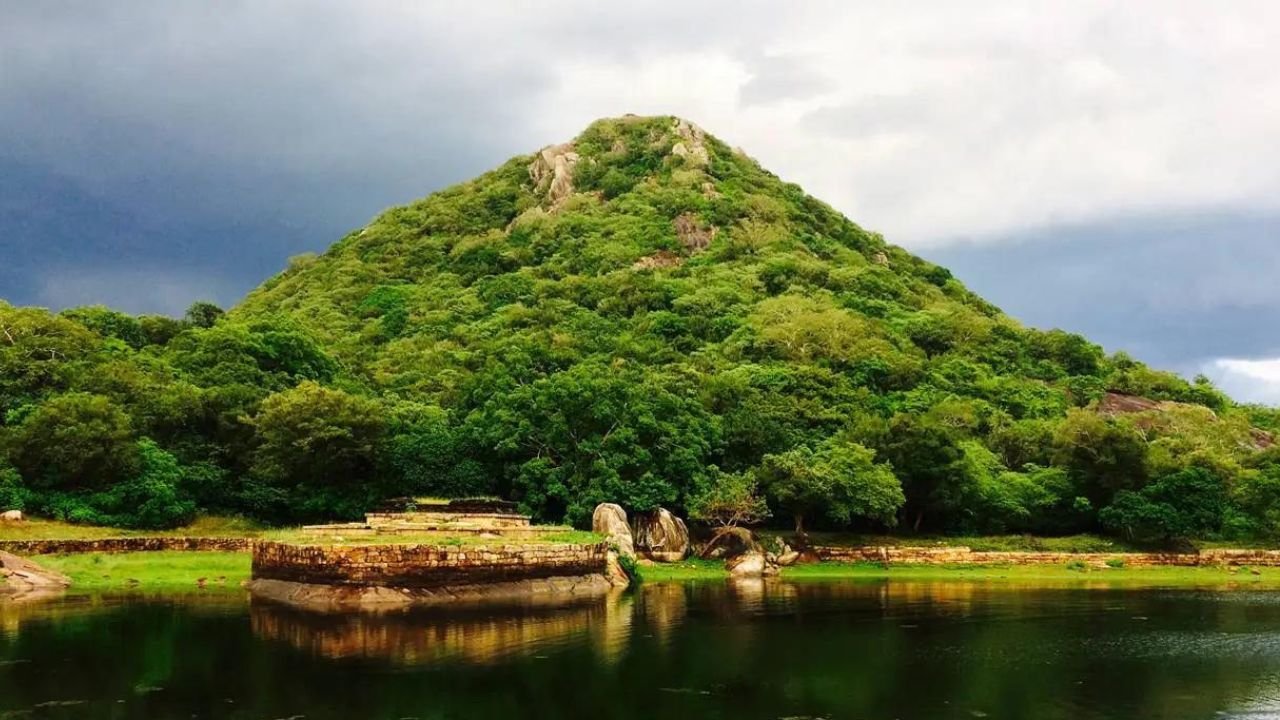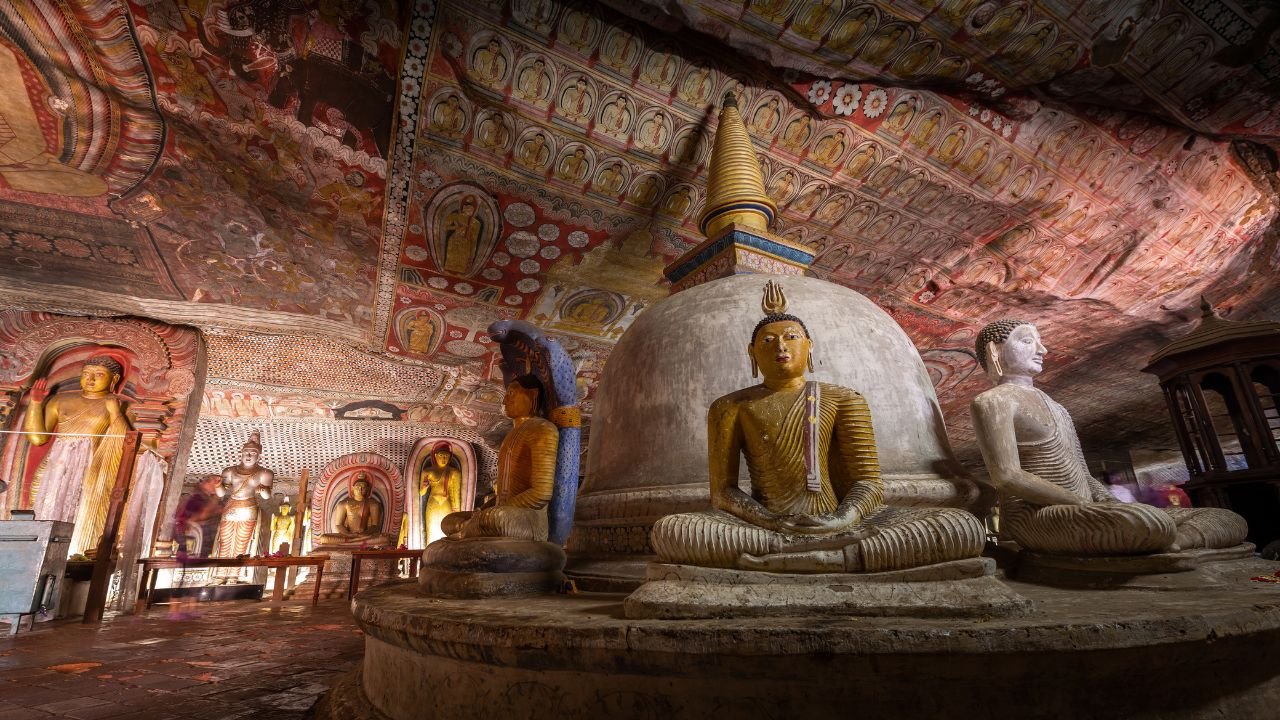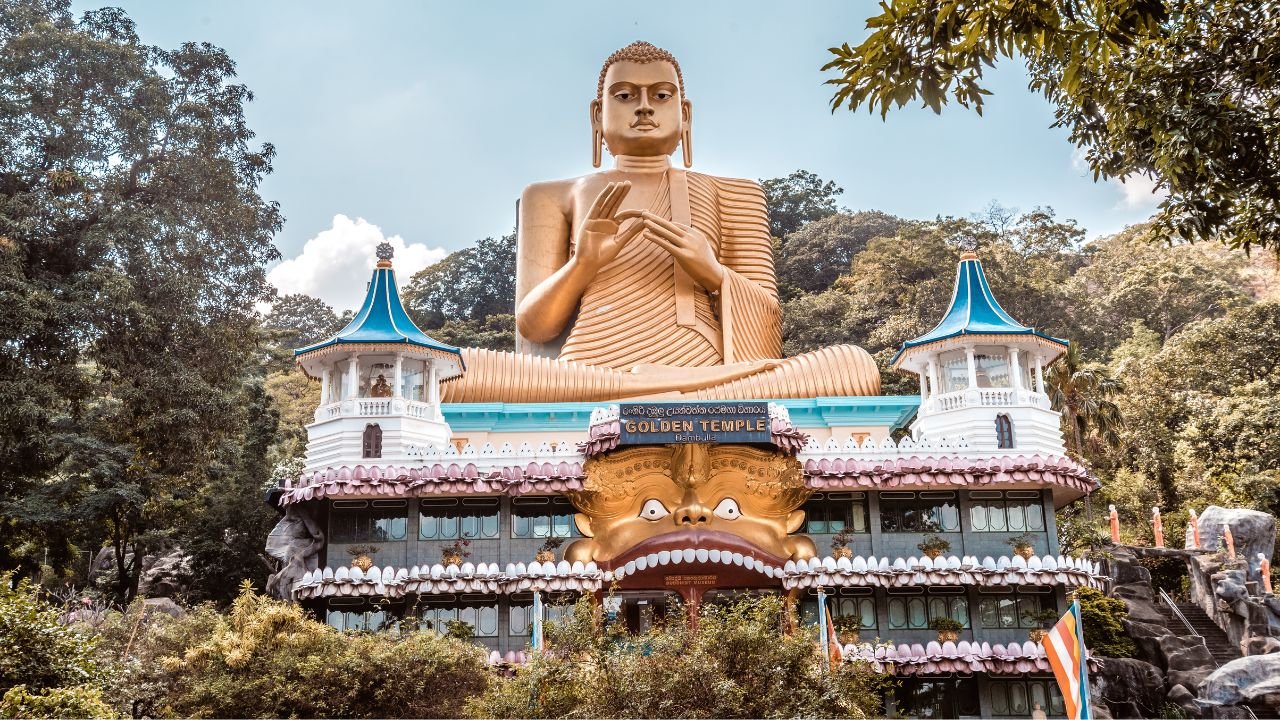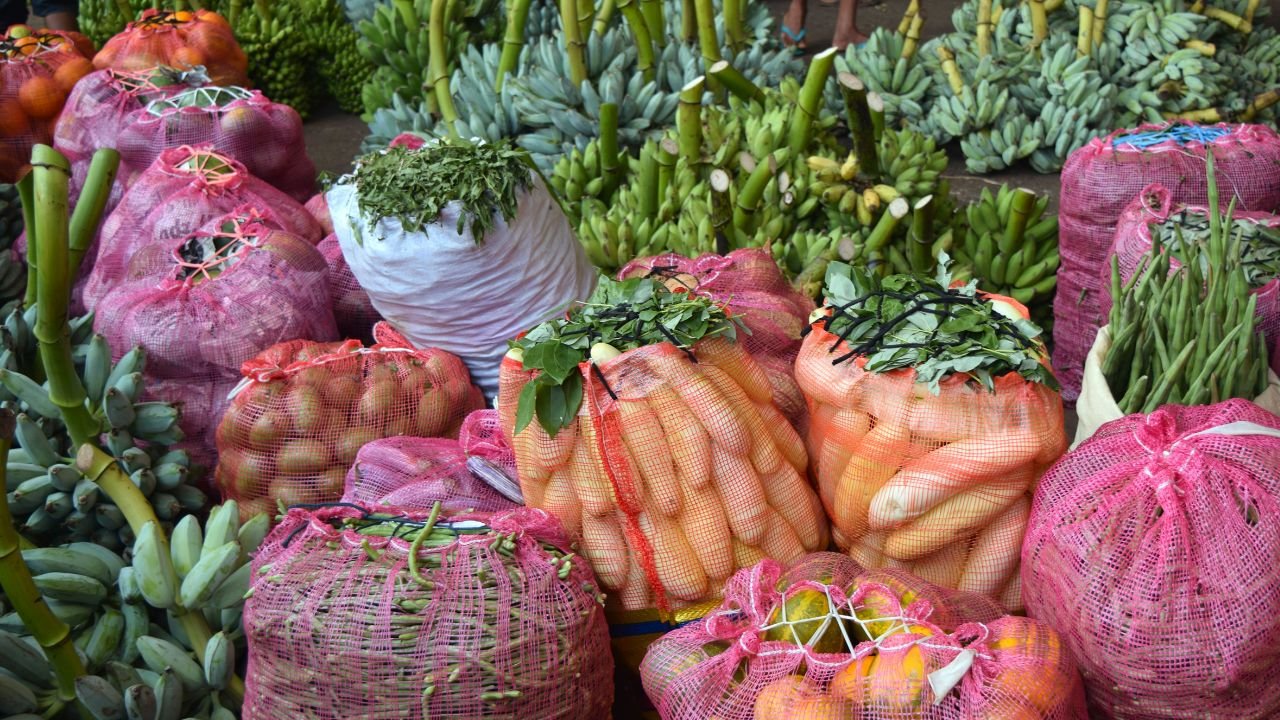
Dambulla, a captivating city located in the central part of Sri Lanka, is a treasure trove of cultural and natural wonders. With its rich history, awe-inspiring landmarks, and breathtaking landscapes, Dambulla offers a truly immersive experience for travelers. Whether you’re a history enthusiast, nature lover, or adventure seeker, this vibrant city has something for everyone. In this article, we will explore some of the must-visit places in Dambulla that will leave you mesmerized.
Historical Significance of Dambulla
Dambulla has a rich historical heritage dating back to over 2,000 years. The city served as a refuge for King Valagamba during ancient times and became a hub of Buddhist culture. Its historical significance is evident in the magnificent cave temples, ancient ruins, and intricate murals that adorn the city.
Places to Visit and Things to Do in Dambulla
Here are some of the top places to visit and things to do in Dambulla:
1. Dambulla Cave Temple
The Dambulla Cave Temple, also known as the Golden Temple of Dambulla, is a UNESCO World Heritage site and one of the most important Buddhist pilgrimage sites in Sri Lanka. Located on a massive rock, this temple complex houses a series of stunning cave temples adorned with intricate cave paintings and over 150 Buddha statues.
Historical and Cultural Significance
The Dambulla Cave Temple dates back to the 1st century BCE and has served as a place of worship for over two millennia. It played a vital role in the spread of Buddhism in Sri Lanka and stands as a testament to the country’s rich religious heritage. The cave paintings depict various scenes from the life of Lord Buddha, as well as other important figures in Buddhist history.
Religious Practices and Rituals
The temple is still an active place of worship, and visitors can witness the religious practices and rituals performed by Buddhist monks and devotees. The serene ambiance and the sound of chanting create a spiritually uplifting experience for visitors.
2. Sigiriya Rock
Sigiriya Rock, often referred to as the “Eighth Wonder of the World,” is a towering rock fortress located near Dambulla. Rising abruptly from the surrounding landscape, it offers breathtaking views and a fascinating glimpse into Sri Lanka’s ancient history.
Ancient Rock Fortress
Sigiriya Rock dates back to the 5th century AD and served as a fortified palace for King Kasyapa. Its sheer rock walls are adorned with exquisite frescoes, showcasing the artistic prowess of the time. As visitors ascend the rock, they encounter beautifully landscaped gardens, water gardens, and the remains of the palace complex.
Trekking Experience and Panoramic Views
Climbing Sigiriya Rock is a memorable adventure that involves navigating through stone staircases, narrow pathways, and ancient ruins. The effort is well worth it, as reaching the summit rewards visitors with panoramic views of the surrounding countryside. The lush greenery, the ancient ruins below, and the distant mountains create a mesmerizing vista2. .
3. Minneriya National Park
Minneriya National Park is a wildlife sanctuary located close to Dambulla and is famous for its annual elephant gathering. The park offers a unique opportunity to observe a large number of wild elephants in their natural habitat.
Wildlife and Natural Beauty
Minneriya National Park is home to a diverse range of wildlife, including elephants, leopards, deer, and various bird species. The park’s picturesque landscapes, consisting of grasslands, wetlands, and a large reservoir, create a breathtaking backdrop for wildlife viewing.
Famous Elephant Gathering
One of the highlights of Minneriya National Park is the elephant gathering that occurs between May and October. During this period, hundreds of elephants gather near the Minneriya Tank in search of food and water, creating a spectacular sight for visitors.
4.Buddhist Museum
The Buddhist Museum in Dambulla offers a fascinating insight into the history and development of Buddhism in Sri Lanka. It houses a vast collection of artifacts, statues, and relics related to Buddhism.
Artifacts and Exhibits
The museum showcases a wide range of artifacts, including ancient manuscripts, stone inscriptions, and intricately carved statues of Lord Buddha and other Buddhist deities. The exhibits provide valuable historical and cultural information about the evolution of Buddhism in Sri Lanka.
5. Pidurangala Rock
Pidurangala Rock is an alternative attraction to Sigiriya Rock, offering a less crowded and more adventurous experience. It is located a short distance from Sigiriya and provides a unique perspective of the ancient rock fortress.
Trekking Experience and Views
Climbing Pidurangala Rock involves a moderate trek through rocky terrain and dense vegetation. The summit offers panoramic views of Sigiriya Rock and the surrounding landscape. The sunrise and sunset views from Pidurangala Rock are particularly breathtaking, painting the sky with vibrant hues.
Historical and Religious Significance
Pidurangala Rock also holds historical and religious significance, as it served as a monastery complex during the reign of King Kasyapa. Ruins of ancient structures, including a reclining Buddha statue, can be found at the summit, adding to the mystical allure of the site.
6. Dambulla Dedicated Economic Centre
The Dambulla Dedicated Economic Centre is a bustling market and trading hub where locals and tourists alike can experience the vibrant atmosphere of a traditional Sri Lankan market.
Bustling Market and Trading Hub
The economic center is a hive of activity, with vendors selling a wide variety of goods, including fresh fruits, vegetables, spices, and local handicrafts. The market’s colorful displays, the bustling crowds, and the aroma of spices create a sensory feast for visitors.
Opportunity to Experience the Local Market Atmosphere
Visiting the Dambulla Dedicated Economic Centre offers an authentic glimpse into the local way of life and provides opportunities to interact with the friendly vendors. Bargaining for fresh produce or browsing through the vibrant handicraft stalls can be an enjoyable and memorable experience.
7. Kalu Diya Pokuna

Kalu Diya Pokuna, also known as Black Water Pond, is an ancient historical site in Dambulla that features rock ponds and intricate architectural features.
Ancient Rock Ponds
Kalu Diya Pokuna consists of two rock ponds, believed to have been created during the Anuradhapura period. The ponds are carved out of solid rock and are surrounded by beautifully sculpted stone balustrades.
Cultural and Historical Importance
The site holds cultural and historical significance, providing insights into ancient irrigation systems and architectural techniques. It is believed to have served as a place for rituals and meditation during ancient times, making it a tranquil and spiritually significant location.
8. Popham’s Arboretum
Popham’s Arboretum is a delightful botanical garden located in Dambulla, offering a serene and immersive experience amidst nature’s beauty.
Diverse Flora and Fauna
The arboretum is home to a vast array of plant species, including native trees, flowering plants, and rare orchids. Visitors can explore the garden’s well-maintained trails, encountering colorful butterflies, birds, and other wildlife along the way.
Educational and Recreational Aspects
Popham’s Arboretum provides an educational experience, allowing visitors to learn about Sri Lanka’s diverse flora and the importance of conservation. It also offers recreational activities such as nature walks and birdwatching, making it an ideal destination for nature enthusiasts.
Places to Stay in Dambulla
When visiting Dambulla, you’ll find a range of accommodations to suit different preferences and budgets. Whether you’re looking for luxury resorts, cozy guesthouses, or budget-friendly options, Dambulla has something for everyone.
How to reach Dambulla
Dambulla is a well-connected destination in Sri Lanka, and there are several ways to reach this vibrant city. Here are the common modes of transportation to reach Dambulla:
By Air: The nearest international airport to Dambulla is Bandaranaike International Airport (CMB) in Colombo. Upon arrival, you can take a domestic flight to Sigiriya Airport, which is the closest airport to Dambulla, located approximately 15 kilometers away. From Sigiriya Airport, you can easily hire a taxi or take a local bus to reach Dambulla.
By Train: Dambulla is connected to the Sri Lankan railway network, and there is a train station in the city. However, the train route to Dambulla may not be as direct or frequent as other modes of transportation. If you prefer to travel by train, you can take a train to the nearest major railway station, which is in Kandy. From Kandy, you can then take a bus or hire a taxi to reach Dambulla, which is around 72 kilometers away.
By Bus: Dambulla is well-connected by an extensive bus network that operates throughout Sri Lanka. From major cities like Colombo, Kandy, and Anuradhapura, you can find regular bus services to Dambulla. The journey duration and fares may vary depending on the distance traveled and the type of bus. Buses are an affordable and convenient mode of transportation to reach Dambulla.
By Taxi/Car: If you prefer a more convenient and private option, you can hire a taxi or rent a car to reach Dambulla. This allows you to enjoy a comfortable and direct journey from your starting point to Dambulla. There are several taxi services and car rental companies available in Sri Lanka, and you can pre-book or hire them upon arrival at the airport or from your current location.
Once you reach Dambulla, you can easily explore the city’s attractions by local transportation options such as tuk-tuks or buses. It’s always advisable to check the latest transportation schedules and options before your journey and consider the most suitable mode of transportation based on your preferences and travel requirements.
Best time to Visit Dambulla
January – March: These months fall within the northeast monsoon season, characterized by intermittent rainfall and cooler temperatures. While Dambulla and the surrounding region may receive some rain during this time, it can still be a good time to visit if you don’t mind occasional showers. The landscapes are lush and vibrant, and tourist crowds are generally lower compared to the peak season.
April: April marks the transition from the northeast monsoon to the dry season. The weather starts to become drier, and temperatures begin to rise. It’s a great time to visit if you want to experience Sri Lankan New Year celebrations, which usually take place in mid-April. Keep in mind that popular tourist sites may be busier during this time due to local holidays.
May – September: This period corresponds to the dry season, which is generally considered the best time to visit Dambulla. The weather is warm, sunny, and relatively dry, making it ideal for outdoor activities and sightseeing. May and June, in particular, offer lush green landscapes following the monsoon rains. The tourist crowds are moderate during these months.
October – December: These months fall within the southwest monsoon season, bringing more frequent rainfall to the region. The weather can be unpredictable, with intermittent showers and cloudy skies. However, if you don’t mind the occasional rain and prefer fewer tourists, visiting during this time can still be enjoyable. It’s advisable to pack appropriate rain gear and plan indoor activities as a backup.
FAQs
Yes, most attractions in Dambulla have entrance fees. For example, the Dambulla Cave Temple, Sigiriya Rock, and Minneriya National Park have entrance fees that may vary for foreigners and locals. It’s advisable to check the current fees before visiting.
Exploring the Dambulla Cave Temple usually takes around 1 to 2 hours, depending on your pace and interest in the intricate cave paintings and Buddha statues. It’s recommended to allocate sufficient time to fully appreciate the beauty and serenity of the temple.
While elephants can be spotted in Minneriya National Park throughout the year, the best time to witness the famous elephant gathering is between May and October. During this period, hundreds of elephants congregate near the Minneriya Tank, creating a remarkable wildlife spectacle.
Dambulla is easily accessible by various modes of transportation. You can reach Dambulla by air via Bandaranaike International Airport in Colombo and then take a domestic flight to Sigiriya Airport. Alternatively, you can travel by train to the nearest major railway station, Kandy, and then take a bus or hire a taxi to Dambulla. Buses and taxis are also available for direct travel to Dambulla from other cities in Sri Lanka.
Dambulla offers a range of accommodations to suit different budgets and preferences. Some recommended places to stay include Heritance Kandalama, Amaya Lake, Sigiriya Village, Jetwing Vil Uyana, Nice Place Hotel, The Paradise Resort & Spa, Pelwehera Village Resort, and Sundaras Resort & Spa. These options cater to various needs, from luxury resorts to budget-friendly guesthouses.
Article by
Ravindu Dilshan Illangakoon
As co-founder and Head of Content at Sri Lanka Travel Pages, I ensure that every blog post we publish is AMAZING.








